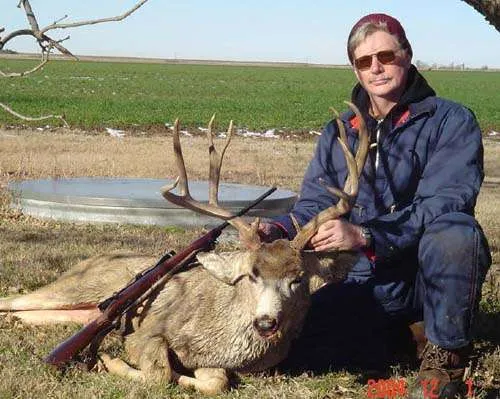The 2020 federal census will guide another reapportionment of seats (and power) in the Kansas House of Representatives, State Senate and State Board of Education. The process has rekindled controversy as the state’s rural population declines and metropolitan areas grow. This is the first in a series of articles about an historic Kansas lawsuit that ignited national reforms.
*
From City Hall to Capitol Hill, governing in America rests with the elected stewards of local councils and commissions and members of state and federal legislatures. They are composed of people who each represent defined districts with populations roughly the same. For example, the state senate’s 40th district takes in 13½ counties in northwest Kansas; it should hold the same number of constituents (roughly 70,000) as the pocket-sized seventh district in Johnson County in the northeast.
It wasn’t always this way. For nearly a century, rural Kansas dominated the state Legislature and selected most of its federal legislators. Until the early 1900s the state’s eight members of the U.S. House and two senators came by way of rural power and influence. By the late 1950s, great shifts in population had kindled an imbalance of power that could no longer be ignored.
On Nov.1, 1961, Hutchinson attorney William Chalfant filed suit in Shawnee County District Court in Topeka charging unequal representation in the Kansas Legislature, and alleging that the apportionment laws of Kansas were unconstitutional.
The charges, by plaintiffs Jack Harris, Peter Macdonald, John McCormally, the Hutchinson Publishing Company (Hutchinson News) and others carried significant force. The News at that time published a morning edition for more than 35,000 subscribers in 34 counties in southwest Kansas and an afternoon edition for 16,000 subscribers in and around Reno County. Harris at the time also published Kansas newspapers in Salina, Garden City, Olathe, Ottawa and Chanute.
The plaintiffs’ suit included startling allegations:
– That 39 percent of the Kansas population (2,178,611) controlled the State Senate; the 27 smallest senate districts – a two-thirds majority – had a total 845,000 residents, according to the 1960 federal census.
– That 34 percent of the people controlled two-thirds of the Kansas House; 63 of the 125 seats (a simple majority) were controlled by 402,687 people, or 18 percent of the state population. Eighty-four seats, a 2/3 majority, were controlled by 745,939 people, or 34 percent of the population.
– That the state’s four largest counties (Johnson. Sedgwick, Shawnee and Wyandotte) by contrast, contained more than 808,000 people; 37 percent of the state population was represented by only 15 votes in the House. Those 15 lawmakers represented more people than the 84 members who comprised a 2/3 majority.
The lawsuit asked the court to declare present apportionment acts unconstitutional and sought an injunction against election of any more legislators under the current system.
Although the state constitution had ordered legislative reapportionment every five years, the requirement by 1961 was out of date and impractical. In fact, the Senate had not reapportioned since 1886 and the last apportionment of the House had been in 1959.
In the House, each of 105 counties, no matter the population, was entitled to one member, with total membership set at 125. This left 20 seats to be assigned to more heavily populated counties. This was representation by geography, not populace.
The Senate membership, apportioned theoretically by population, held similar disparities; of the 40 districts, 27 had the same boundaries in 1961 as they had in 1886.
“…citizens are denied the right of equal participation in the processes of state government and are denied a vote and representation equal or substantially equal to that of other citizens, residing in other districts not equally apportioned,” Chalfant’s petition stated.
It asked that the court order all candidates to run for the legislature “at large” until the House and Senate reapportion according to the Kansas Constitution. By this plan, all candidates for the Legislature would run without regard for district or county lines. The 40 Senate candidates and the 125 House candidates receiving the highest number of votes would be declared elected regardless of where they lived. The situation would continue only until the Legislature was properly reapportioned.
Named as defendants in this historic legal argument were Secretary of State Paul Shanahan and all county clerks in Kansas; Reno, Shawnee, Johnson and Sedgwick County Clerks were named as their representatives in the document.
This lawsuit and a later related petition were prime forces in the state’s move toward legislative reapportionment. They would stimulate a basic constitutional issue across the nation and result in perhaps the most fundamental American political reforms of the 20th century.
(Next: The courts agree)
*** ***





